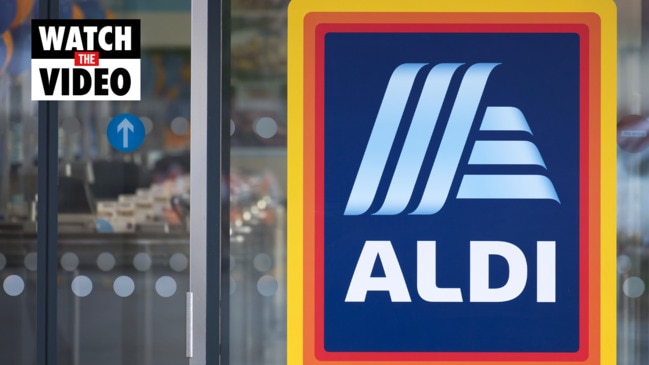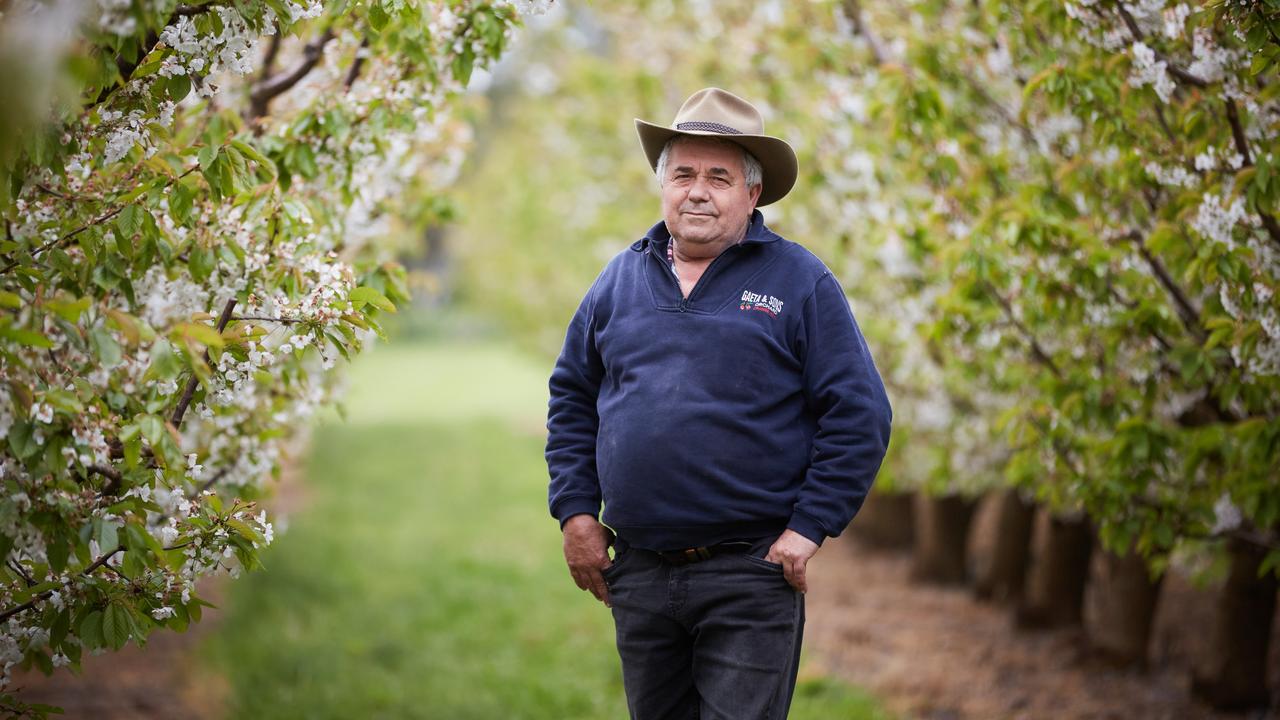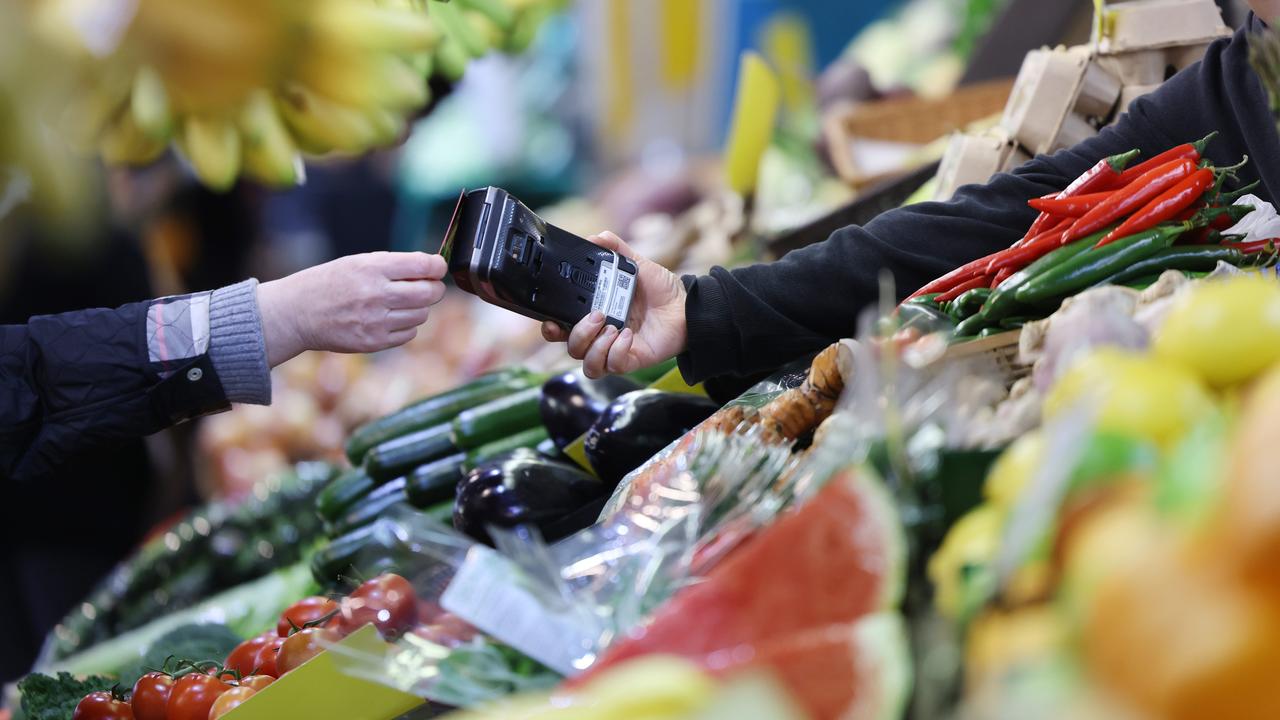Aussie farmer takes aim at Woolworths, Coles for high fruit and vege prices
An Australian farmer believes the big supermarkets are unnecessarily increasing the cost of fresh fruit and vegetables.

An Australian farmer is encouraging shoppers to ditch the major supermarkets to get cheaper fresh fruit and vegetables.
Guy Gaeta, the horticulture committee chair for NSW Farmers, told news.com.au he was speaking up on behalf of many farmers who felt supermarkets were ripping off consumers.
“Lemons are cheap as chips at the moment. The supermarkets can buy them for $8 a box and sell them for $4.90/kg … they profit $82 per box,” Mr Gaeta claimed as an example.
He said prices at a local green grocer or farmers’ market could be at times more than half the price of that in the supermarket.
“This plays a part in the cost of living saga. People are just paying way too much,” he said.
“I can talk because we don’t supply them (the major supermarkets), but farmers are happy that I’m saying something.”
Stream more finance news live & on demand with Flash. 25+ news channels in 1 place. New to Flash? Try 1 month free. Offer ends 31 October, 2022 >

Data from the Australian Bureau of Statistics showed in March the price of groceries was up 5.3 per cent annually.
Fruit and vegetable prices were up 6.7 per cent and meat and seafood prices increased 6.2 per cent over the year.
Mr Gaeta said it was “fair enough” prices increased on certain produce when it was scarce but too many items were being marked up when there was plenty around.
“It really cheeses me off in this country where we’ve got plenty of food, people can’t afford to buy fresh fruit and vegetables,” he said.
Mr Gaeta, who grows cherries and apples in Orange, NSW, said he knew supermarkets were convenient but encouraged those looking for a cheaper price to shop around.

It is understood one of the reasons supermarkets and local green grocers’ prices can differ is that while smaller stores can source cheap produce the same day from the wholesale market, supermarkets do not because of their size.
They often instead have long-term contracts with specific growers.
In responding to questions about price, Coles highlighted the convenience of supermarket shopping, that it could provide a bigger range and offer services like home delivery and rewards.
“The price of produce is a factor of supply and demand; however, our team is working hard to get prices down for our customers as quickly as we can,” a Coles spokeswoman said.
“Our customers can expect to see improved volume of many fresh produce lines in coming weeks thanks to the extraordinary efforts of our growers.”
Aldi said: “We always want to deliver the best value for our customers while maintaining fair pricing with our supplier partners.”

Woolworths stood firm that higher prices did not mean it was pocketing a huge profit margin, as had been claimed, and insisted it was paying a lot more to farmers for supplies than it was last year.
“The supermarket price of fruit and veg is determined by what we pay our farmers for each variety,” a spokeswoman said.
“We pay farmers the market price for their produce, which can vary throughout the year due to weather, seasonality, supply and demand.
“Last year, when the market price for fruit and veg was in decline, we passed those savings on to customers in the supermarket.
“Currently, we’re paying a lot more to our suppliers across the vegetable category. The big reason prices are up on some varieties is the reduced supply in the market, following the east coast floods and ongoing bad weather in key growing regions.”
What fruit and vegetables should I buy?
The high cost of fruit and vegetables has been a talking point for months, with farmers and supermarkets encouraging Aussies to adopt a seasonal diet to save money.
Social media users have shared pictures of expensive produce and sometimes empty shelves.
The well-documented “lettuce crisis” even made international headlines when KFC admitted it was supplementing cabbage for lettuce in its burgers due to supply demands.
The real reason we moved to the Netherlands. pic.twitter.com/akdLFP1vJZ
— Margaret Morgan ✒📚 🎬 (@Monocotyledon) June 26, 2022
In recent updates from Woolworths and Coles, the companies said they expected there to be improvement in the supply of lettuce at the end of July.
Both supermarkets recommended shoppers take advantage of the good supply of avocados, sweet potatoes, kent pumpkins and mandarins.
Coles also suggested shoppers look for bananas, navel oranges, apples, pears, carrots, potatoes and brown onions.
The supermarket said there would be increased volumes of strawberries, raspberries, blueberries, fresh herbs and tomatoes “in a few weeks’ time”.
Beans, corn, broccoli, broccolini, Asian vegetables and lettuce are expected to be in full supply by August.

How much do Aussies spend on groceries?
Last year, Australian households were spending on average $153 per week on groceries, according to a survey from financial comparison site Canstar Blue.
It said the average weekly grocery bill for shoppers at Woolworths was $156, Coles was $154 and Aldi $144.
Aldi’s price report released in May found an average family of two adults and two children spend $192.19 weekly on groceries.
In a larger family with four children, Aldi found on average they would spend $278.39 weekly and a couple would spend on average $136.56 weekly.
Canstar’s advice to save money on groceries included setting a food budget, writing a shopping list, tracking down specials, buying supermarket brands and joining rewards programs.
Another tip was to check the unit price.
“The best way to make sure you’re getting bang for your buck on any product is to check the unit pricing. It’s a mandatory labelling system that basically tells you the cost per litre, per kilogram (or whatever unit of measurement) of what you want to buy,” it said.





